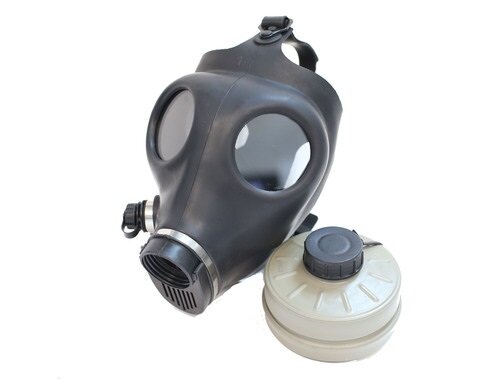Everything You Need to Know About History of Gas Masks
People were encouraged to wear a gas mask for 15 minutes a day to get used to experience during the war. The government threatened to punish people because they did not carry gas masks. However, the law was never graduated to make it illegal. The government published a poster that said: “Hitler will not send a warning – so always carry your gas mask”.
Government advertisements appeared in newspapers pleading with people to carry their gas masks with them at all times. A special military grade gas mask was designed as a protective device for the armed forces during the war. The teachers were instructed to send children back home to take their masks if they forget them. Entries were sometimes rejected to restaurants, or entertainment venues, for customers without their survival kit.

John Lewis, the department store, reminded staff that “those who come without their gas mask must not be surprised if they are dismissed as unsuitable in time of war”. The gas mask is not easy or comfortable to wear. Odor like rubber gas and disinfectants make many people feel sick. One child wrote: “Even though I can breathe in it. I feel as if I can’t. It didn’t seem possible that enough air was coming through the filter.
And the smell of rubber is very strong, made me feel slightly panicky, though I still laughed each time I breathed out, and the edges of the mask blew a gentle raspberry against my cheeks. The moment you put it on, the window misted up, blinding you. Our mums were told to rub soap on the inside of the window, to prevent this. It made it harder to see than ever, and you got soap in your eyes. There was a rubber washer under your chin, that flipped up and hit you, every time you breathed in. The bottom of the mask soon filled up with spit, and your face got so hot and sweaty you could have screamed.